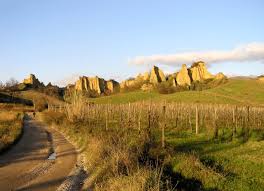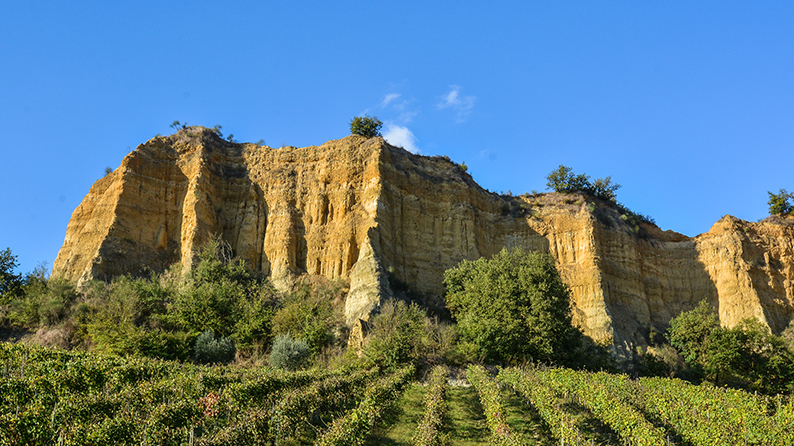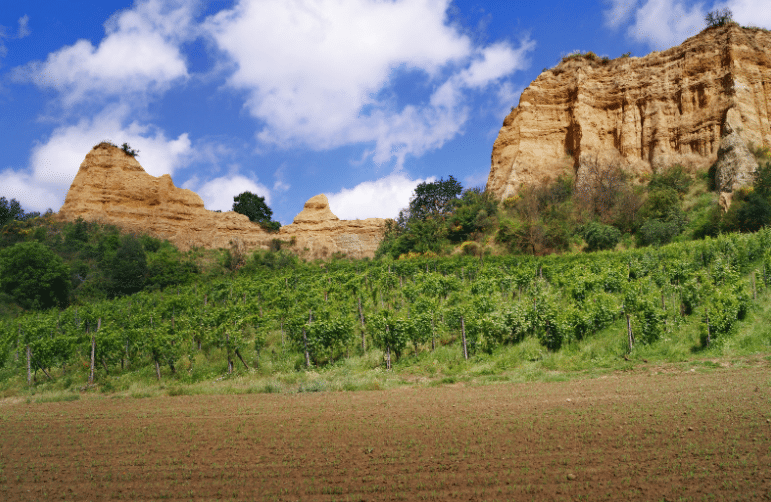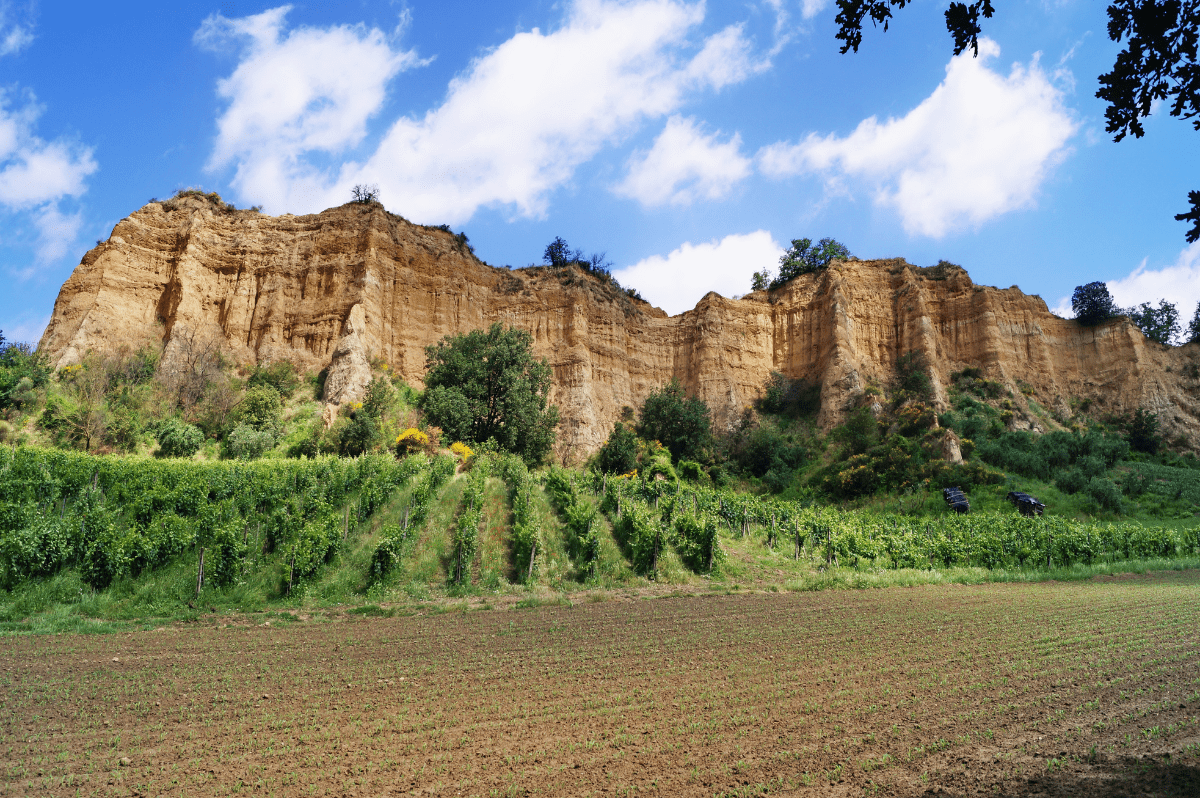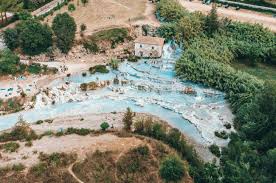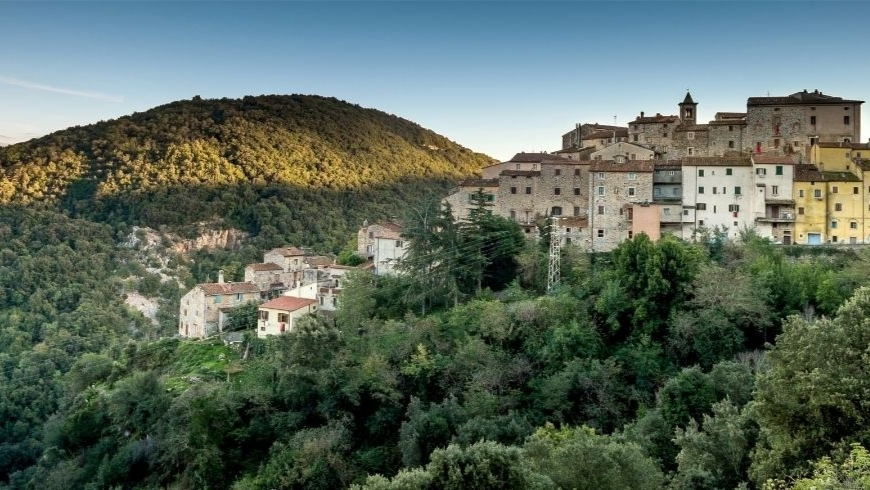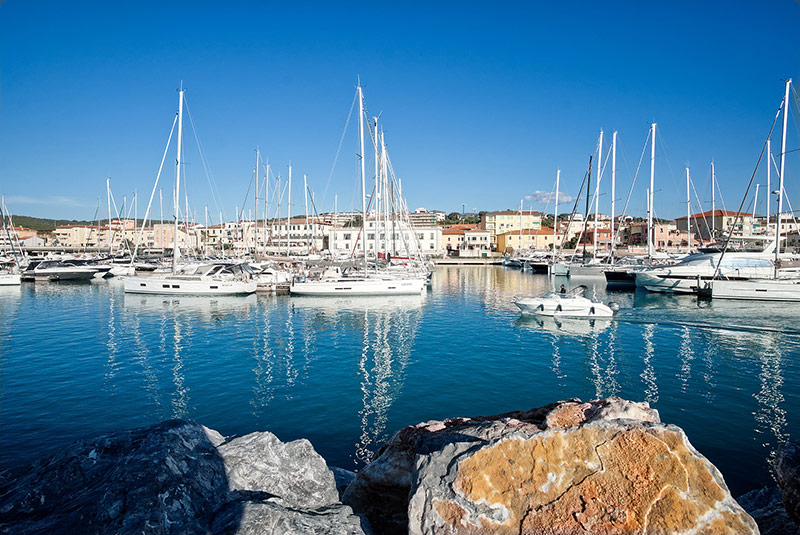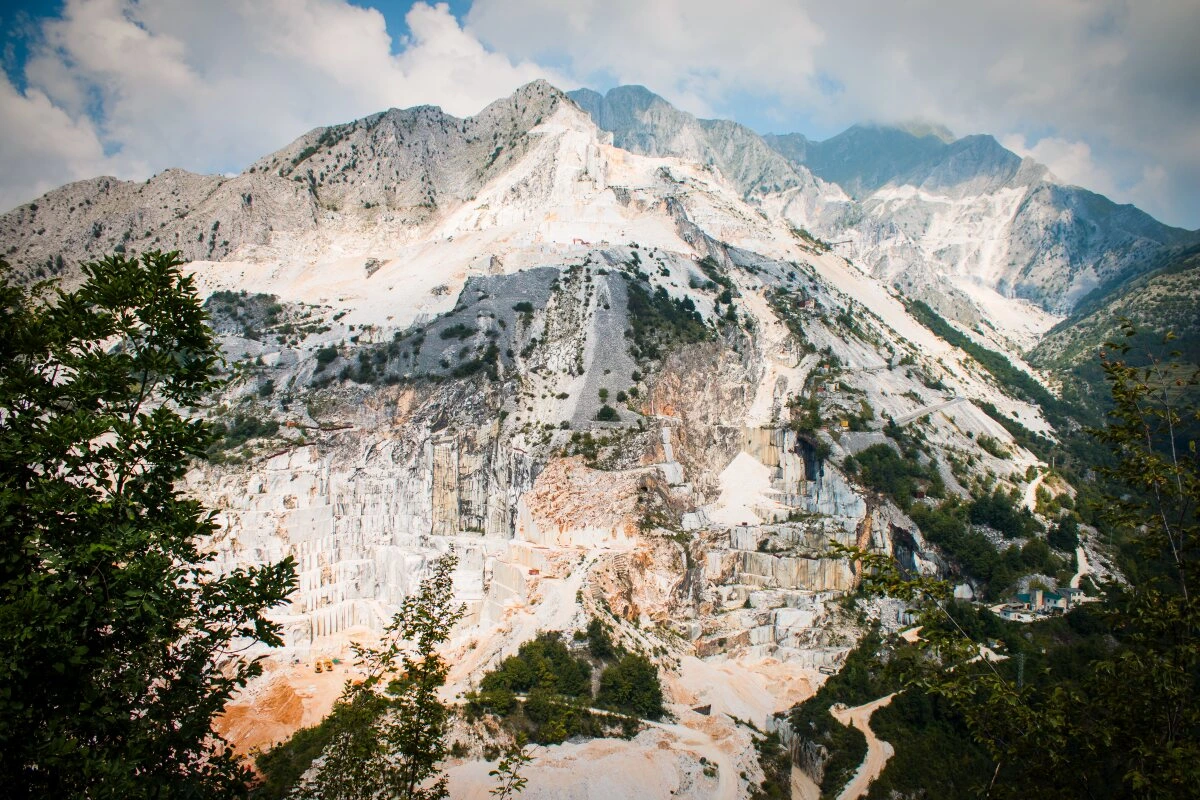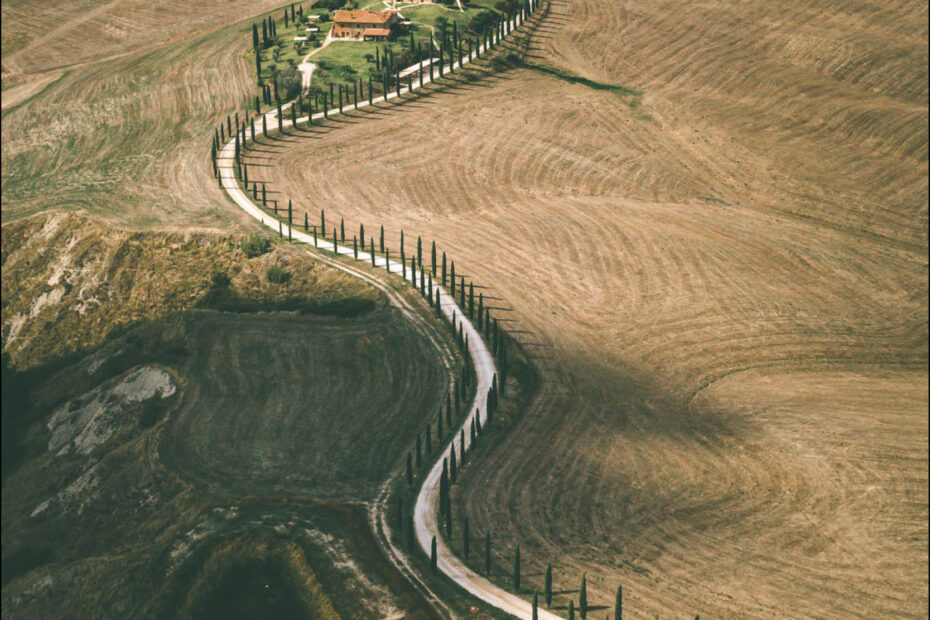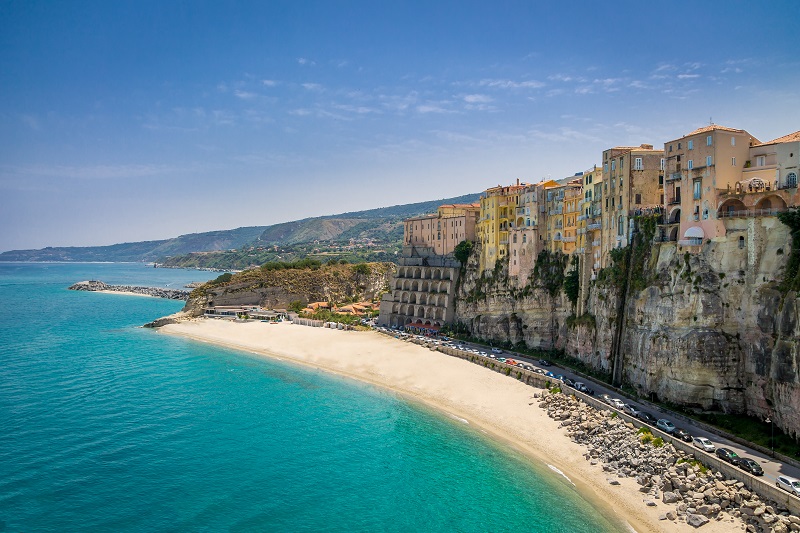The Crags of Valdarno
Rocky mountain range
The Crags are a popular tourist attraction in Valdarno. It's located on the right side of the River Arno, which flows through the valley in the province of Arezzo (Tuscany). The majority of the crags are situated along the road from Montevarchi to Poppi. Today, the crags of Valdarno are a favorite place for locals to visit and enjoy their surroundings.
Legend says…
The Crags were not initially intended to be a tourist attraction but rather an escape from the harsh conditions of life in Valdarno at the time. They were created by an individual known as Cliff Face, who spent 100 years carving into a mountain using only his hands and whatever tools he could find. He worked tirelessly for most of his life to create this masterpiece, and it paid off when he was able to finally see it finished before his death.
Climbing
The crag holds some of the most technical and modern climbing in Italy. The limestone crag is home to a number of routes that are considered classic for their style and difficulty. Many of the routes are crimpy with tiny holds, and all of them require precise footwork and delicate movement. This region is unique for its rock climbing, as there are no trees or bushes on the surface of the rocks. The crags are very close to each other and it is possible to climb several different routes in one day.
The best season to climb is from March until November. Once at the top of the crag, climbers enjoy beautiful views of the surrounding countryside.
That's a magnificent place
From the Etruscan tombs of Poggio Colla to the mysterious wooded hills of Val d'Ambra, Tuscany's Valdarno is a verdant paradise of spring-fed streams, secret waterfalls and castle-topped crags. There's something about Valdarno that makes you feel instantly at home – perhaps because it's so rich in history, with its origins firmly rooted in Etruscan times.
